20 Signs That Your Workout Routine Is Actually Burning Fat

So, you finally made the decision to start your workout routine and get into shape. But how will you know when, or even if, it is working? According to certified fitness trainer, Jason Kozma, aka Mr. America and Mr. Muscle Beach, is a champion bodybuilder who trains clients at Santa Monica-based High Performance Personal Training, there are a few signs that your routine is actually burning fat.
Clothes Fit Better

The first sign you are burning fat is if your clothes are fitting better. "You will notice changes in how your clothes fit, such as feeling looser around the waist and hips," he says.
Increased Energy Levels

You might think that exercising makes you tired, but it actually has the opposite effect. Kozma says you should have "more energy throughout the day and reduced feelings of fatigue" when you are in the fat-burning process.
Improved Sleep Quality

Have you noticed your sleep quality is improving? "Falling asleep faster and experiencing deeper, more restful sleep" is a definite sign you are burning fat.
Visible Muscle Definition
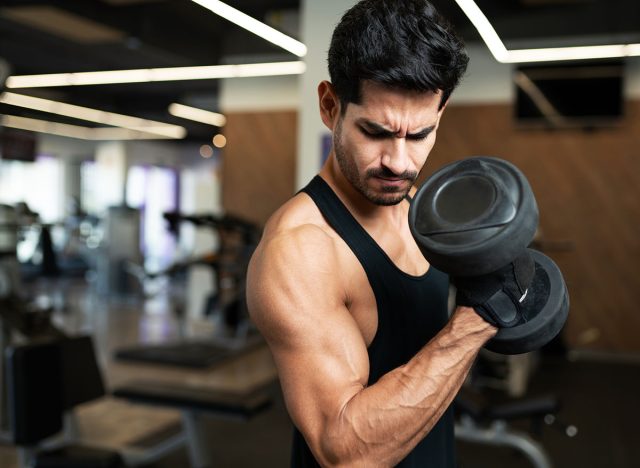
Visible muscle definition is another sign. Expect "more defined muscles as fat decreases and muscle mass becomes more apparent," says Kozma.
Steady Weight Loss

Are the numbers on the scale going down? Steady weight loss means you are burning fat, says Kozma. Look out for "a consistent decrease in weight over time, even if it's gradual."
Reduced Body Measurements

Another way to know if your fat is dissolving? Reduced body measurements, says Kozma. "Smaller measurements around key areas such as the waist, hips, thighs, and arms," are sure signs.
Increased Strength
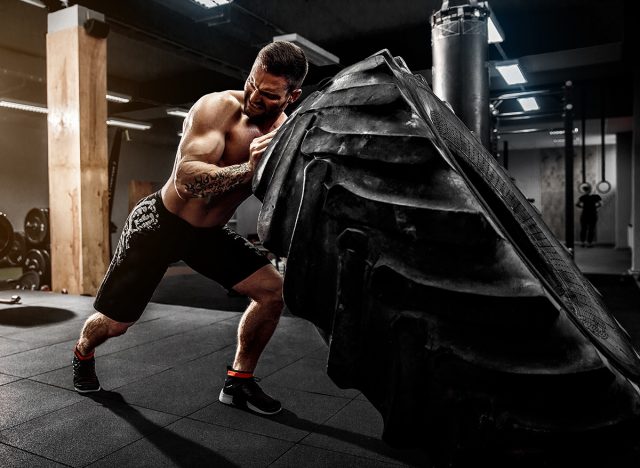
Are you feeling stronger? "Gaining strength and being able to lift heavier weights or perform more reps" is another sign.
Better Endurance

Can you go harder for longer? "Better endurance" and "improved stamina during workouts and daily activities," is a fat-burning hint.
Reduced Appetite

If you are burning fat it is likely your appetite is reduced. "A more regulated appetite and fewer cravings, especially for unhealthy foods," is normal, says Kozma.
Lower Body Fat Percentage
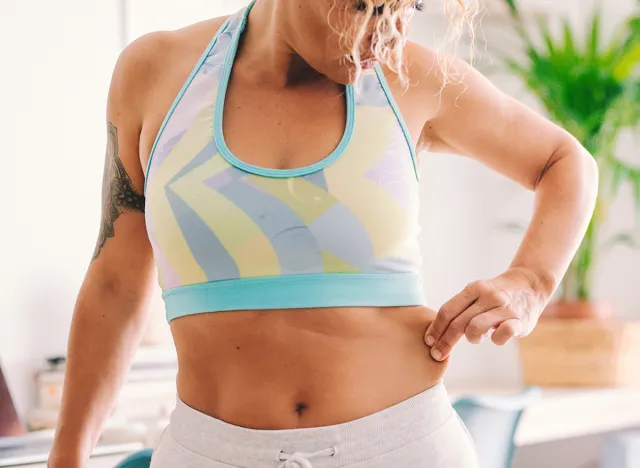
Lower body fat percentage is another obvious sign. "A decrease in body fat percentage, as measured by calipers or body composition scales," will be a good indicator, he says.
Improved Mood

Are you feeling happier? "A more positive mood and reduced symptoms of stress, anxiety, and depression" are symptoms of fat burning, according to Kozma.
Healthier Skin

You may even notice an improvement in your complexion. Healthier skin that is "clearer and more vibrant" is often a result of better hydration and a healthier diet.
Enhanced Mobility

As you burn fat you are more likely to experience enhanced mobility. This can include "better flexibility and range of motion in joints and muscles," Kozma maintains.
RELATED: I Got Into the Best Shape of My Life at 50 by Following These 6 "Basics"
Increased Motivation

Increased motivation is another benefit of fat burning. This could be a "greater enthusiasm and commitment to going to the gym," Kozma says.
Better Digestions
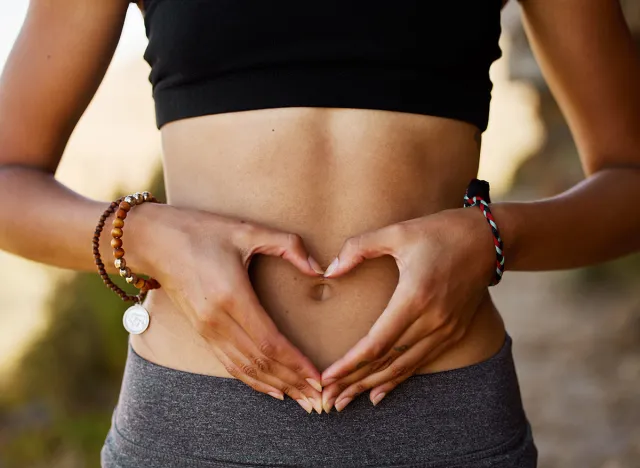
Your gut health will likely improve, and you may experience better digestion. Improved digestive health may include "less bloating and regularity," Kozma says.
Stable Blood Sugar Levels
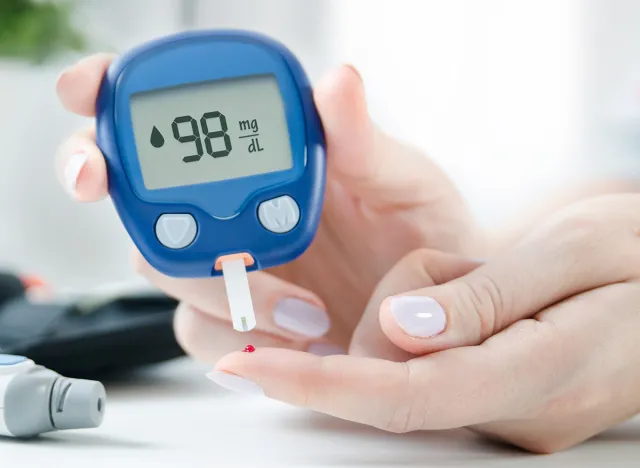
Stable blood sugar levels are another positive side effect. This could be in the form of more consistent blood sugar levels, reducing spikes and crashes, Kozma explains.
RELATED: I Lost Over 90 Pounds After Years of Trying to Lose Weight the "Wrong Way"
Improved Cholesterol Levels

Another health marker to look out for? Improved cholesterol levels. "Lower LDL (bad) cholesterol and higher HDL (good) cholesterol," he says.
Lower Resting Heart Rate

You might also notice a lower resting heart rate. "A decrease in your resting heart rate indicates improved cardiovascular health," Kozma says.
Visible Fat Loss in Stubborn Areas

You may also notice visible fat loss in stubborn areas. This might be a reduction of fat in areas where it's typically harder to lose, like the belly or thighs, he says.
RELATED: What Happens to Your Body When You Stop Eating While Distracted
Positive Feedback

Finally, you might start receiving a lot of positive feedback. "Compliments and observations from others about your physical changes and overall health improvements" are big benefits of getting in shape. And if you enjoyed this article, don't miss 12-3-30 Walking Method: 20 Proven Tips to Lose Weight Faster.




